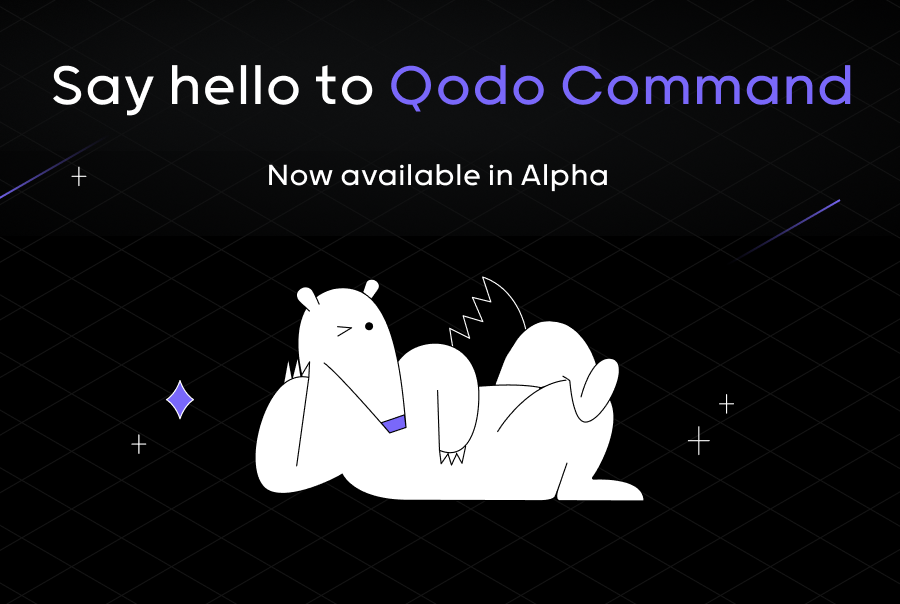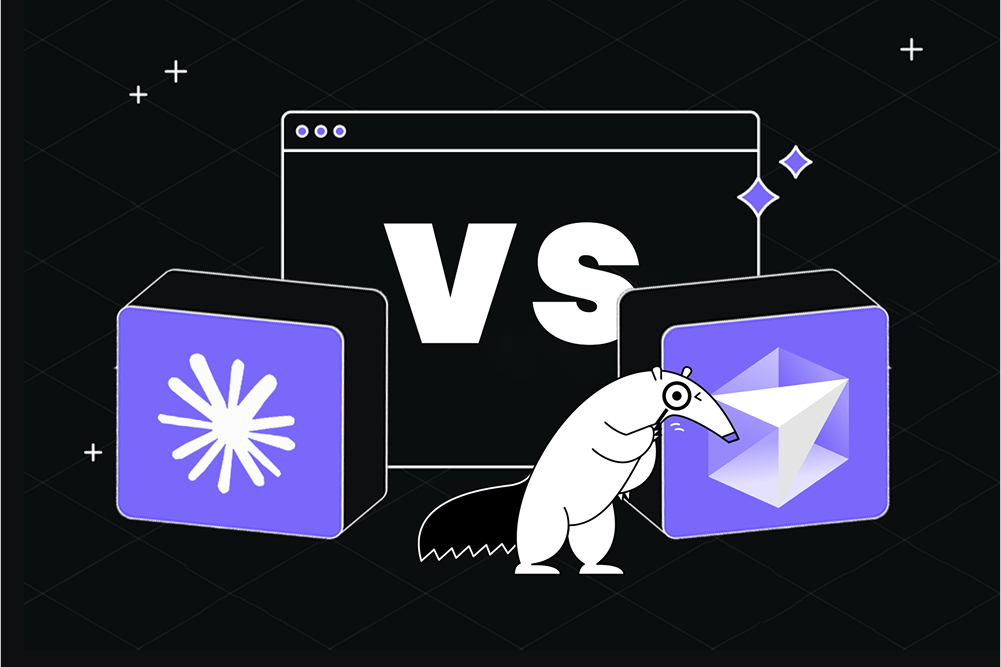Open source and PLG – How are they related?


Many people believe that having an open source strategy is essential for PLG (Product Led Growth) companies developing developer tools. It fosters a supportive community while at the same time creates validity amongst developers.
Though, what is the purpose of Open Source? Is it simply to create buzz by earning Github stars? Does it build validity amongst potential users? Or does it create a qualified funnel?
In this blog post, we will explore some examples of PLG companies/products that use an open source strategy, as well as some cases where open source has yet to lead to PLG. By understanding these different cases, we can better understand when open source is a good fit for PLG.
But first, what is PLG?
PLG (Product Led Growth) is a growth strategy where the product drives user acquisition and engagement. It’s a way to move away from the traditional “book a demo” or “sign up for our newsletter” button and onto a path where users come to your product because they want to, not because they were prompted to do so.
PLG has been a popular topic in the Developer Tools ecosystem, with everyone from startup founders to VCs talking about why it’s a must for any company that wants to succeed. The main advantage of PLG is that it allows companies to track user behavior and engagement, so they can constantly optimize the product to meet users’ needs better.
So how is it related to open source?
In the world of software development, open sourcing is a powerful tactic for getting attention and creating advocates. When developers can see the code behind a product, they can evaluate it for quality and usefulness. If they like what they see, they’re more likely to become involved in the project – either by contributing code themselves or by spreading the word to other potential users. In either case, open source provides valuable feedback that can be used to improve the product.
It’s important to remember that open source strategy was a thing before the establishment of the phrase “PLG”. In fact, the open source model is exemplary for PLG. By allowing users to try before they buy, you eventually get high-quality users who love your product and stay loyal. This is a great way to build trust and loyalty among your user base, and it’s an effective marketing strategy as well.
Suppose you work for a company with an open source project that you would like to monetize. How do you do that?
With open source models, it’s important to consider how you will monetize your product. This can be done in different ways depending on what platform or audiences are needed for its success– some companies like MongoDB, Elastic, Hadoop and more have been able to succeed with different forms of paid services while maintaining their strong community support throughout this process – what can we learn from them?
While the core of the open source model is free to use, there are several extra services that businesses can choose to pay for. These include security, storage, backups, integrations, support, and of course – cloud hosting. Each of these services provides users with additional capabilities and features to help them run their businesses more efficiently. For example, Hadoop and Kubernetes are companies that sell support with relative ease, because their domains are complex and require many configurations and customizations, where support is valuable.
There are a few examples of open source projects that have been very successful as open source, but monetization efforts for them have failed – Node.js and React being two of the most notable. Node.js was created by Joyent, a company that offered a commercial version of the product with additional features and support. However, they failed to gain traction with this model, and the project was eventually acquired by IBM. React, on the other hand, was created by Facebook and released as open source. However, Facebook has not been very successful in monetizing the project, and they have even faced criticism for their lack of investment in the open source community, and a non-standard license that has backfired and eventually been replaced by a common alternative. Docker is another famous example of an open source company that struggled to convert users into paying customers. With a very successful and popular open source, Docker decided to monetize their product with additional features (like DockerHub and Docker Enterprise). However, Docker already offers too many features for free, so users didn’t see a need for more paid tools. Plus, other partner companies had already given Docker solutions and managed to monetize them, so it was too late for Docker to do so.
The key to being successful with an open source strategy is staying up-to-date with the community. A great example of this is TensorFlow, who had a very successful open source product with a large and supportive community. However, due to a lack of support and attention to the community, the project did not stay up-to-date, and the community abandoned it in favor of competitors, as opposed to HuggingFace, who are very attentive to their community, always innovating with the latest tech and supporting their many loyal users. Having a successful community does not mean you can stagnate – it’s an ongoing process that never ends. Surprisingly, worth mentioning that companies that funnel their product into the PLG model using community are still the minority. As you can see in Kyle Poyar’s post – community led growth is a buzz, but still in its infancy.
So what does this all mean for PLG?
Open source projects that use the PLG model can benefit from the power of the community in several ways. The community can act as a support team, answering questions and giving directions to others. They can also be your best sales team, spotting relevant leads and spreading the word about your product. A supportive and loyal community is an asset that should not be underestimated. When used correctly, the community can help you reach your goals and achieve success.
At the end of the day, it’s up to the PLG company to decide whether open source is the right fit for their business. Many PLG companies use open source, but there are also many PLG companies that don’t. There is no right or wrong answer – it all depends on what works best for your company.
If you’re considering using open source for your PLG strategy, we recommend looking at some of the companies that have succeeded with this approach. In this blog, we saw some great examples of PLG companies that use open source. Each of these companies has found a way to monetize its product while still maintaining a solid community of users.
Credit: Photo by Diggity Marketing on Unsplash



